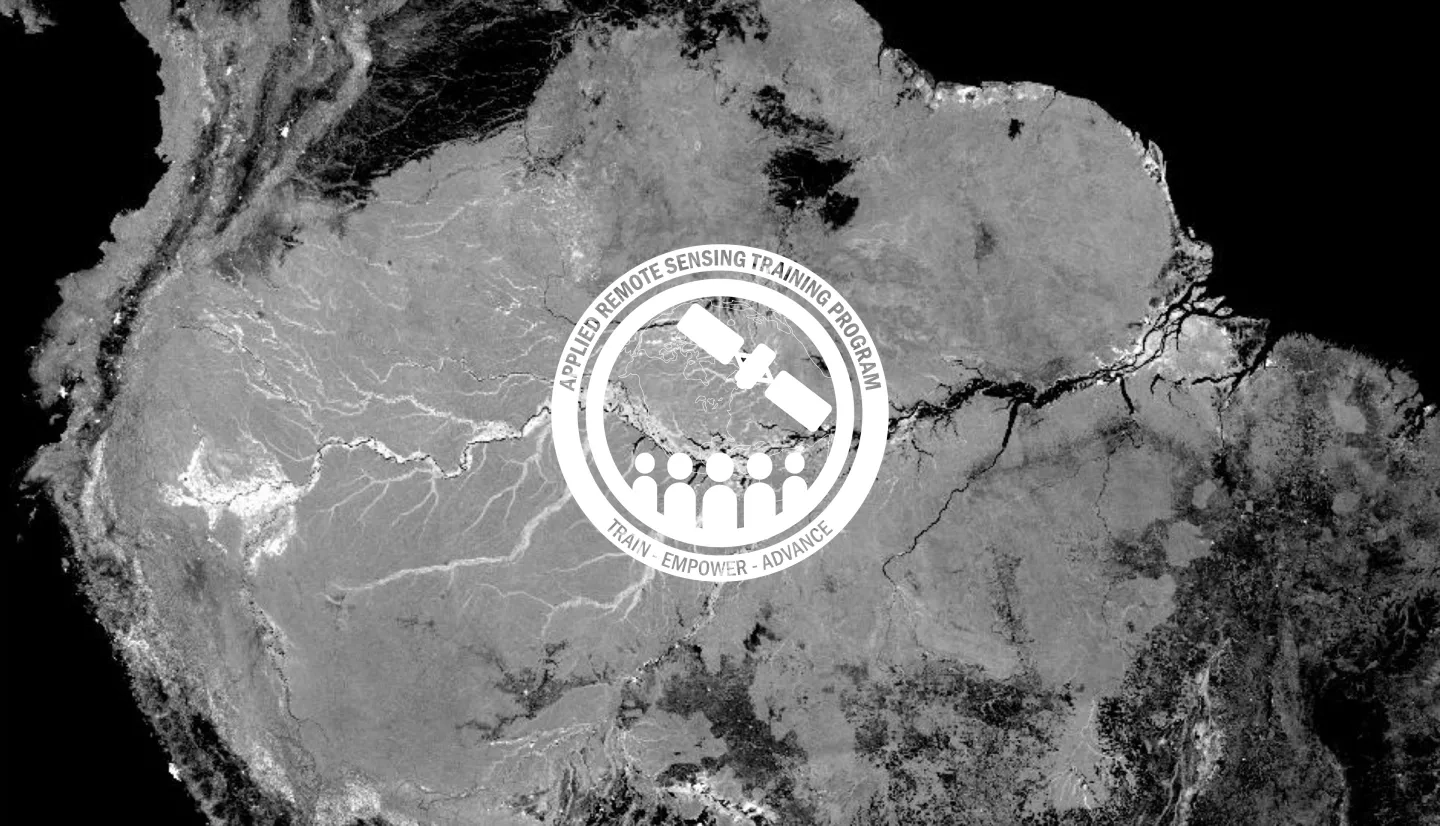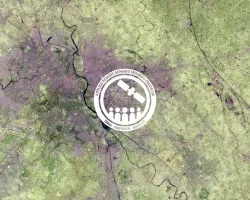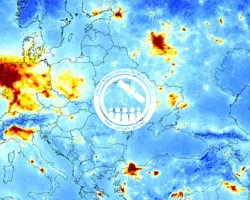Description
June 28, 2017 - July 06, 2017
A limitation of optical satellite remote sensing is that it depends on cloudless, well-illuminated areas to produce quality data. This is especially problematic for collecting data during nighttime, around storms, and in densely-forested areas. Synthetic Aperture Radar (SAR) is a solution for many of these obstacles. SAR can observe the Earth's surface day and night, through most weather conditions, and the signal can penetrate the vegetation canopy. There are a number of existing SAR datasets from current and past airborne and satellite missions, as well as exciting upcoming missions. This online webinar will focus on building the skills needed to acquire and understand SAR data, including polarimetric and interferometric SAR (PolSAR and InSAR), as well as potential applications.
All materials and recordings are available in both English and Spanish.
Prior to the first session, please complete the following prerequisites. Attendees that do not complete prerequisites may not be properly prepared for the pace during the training.
- Session 1 of Fundamentals of Remote Sensing
By the end of the training, attendees will be able to:
- Interpret the information in SAR images
- Recognize distortions that need to be corrected in SAR images
- Describe the basics of PolSAR and the information provided by different polarizations
- Describe the basics of InSAR and the information in an interferogram
Remote sensing users from local, regional, state, federal, and international organizations interested in using SAR for terrestrial applications such as inundation mapping, fire scar detection, land cover land use change studies or surface deformation.
- Four 1-hour sessions



